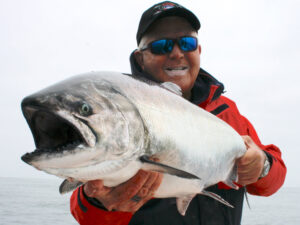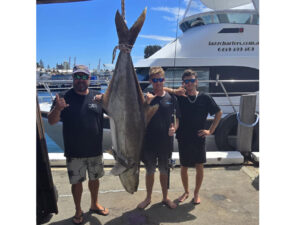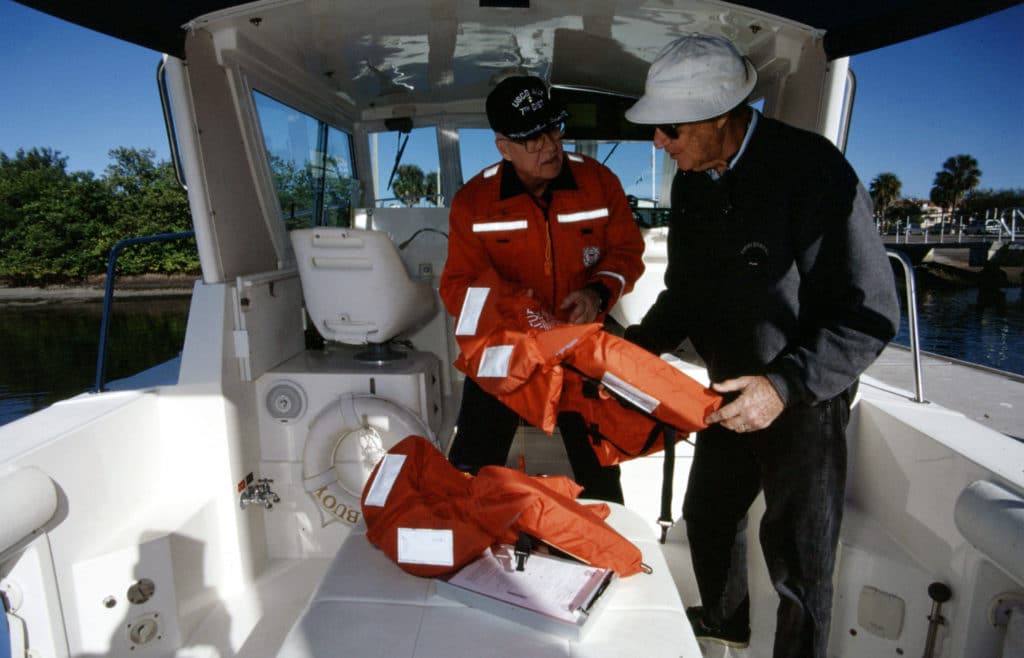
The U.S. Coast Guard recently inspected two vessels in Key West, Florida with more than 60 life jackets that had deteriorated and were not safe to use. Following the event, the Coast Guard Headquarters Office of Investigations and Casualty Analysis in conjunction with the Inspections Division of Coast Guard Sector Key West issued a safety alert asking boat operators to routinely inspect their life jackets “to ensure they are suitable for service.”
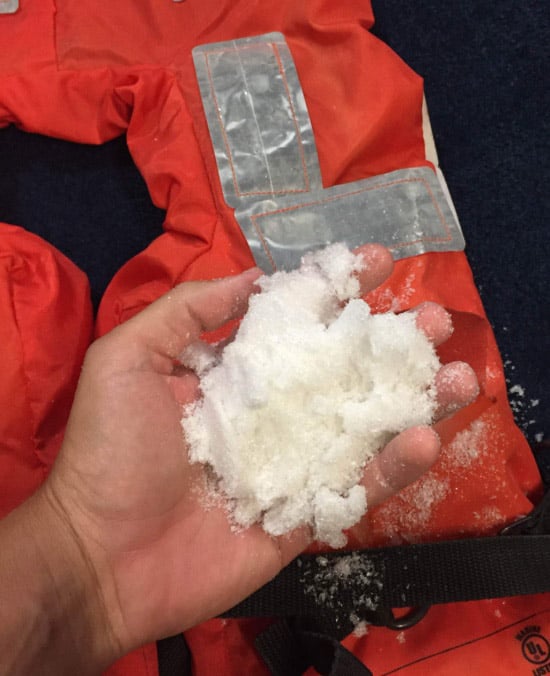
In the aforementioned inspection, the Coast Guard’s press release states “it was discovered that the unicellular foam buoyant material within the nylon outer shell had degraded significantly over time, broke apart, crumbled and in some instances was reduced to dust. The life jackets were properly stored, kept dry, and not under direct sunlight; however, the location was very hot at times.” The archive of alerts can be accessed here at page numbers 27, 72, 138, 145, 158 and 165 in the PDF.
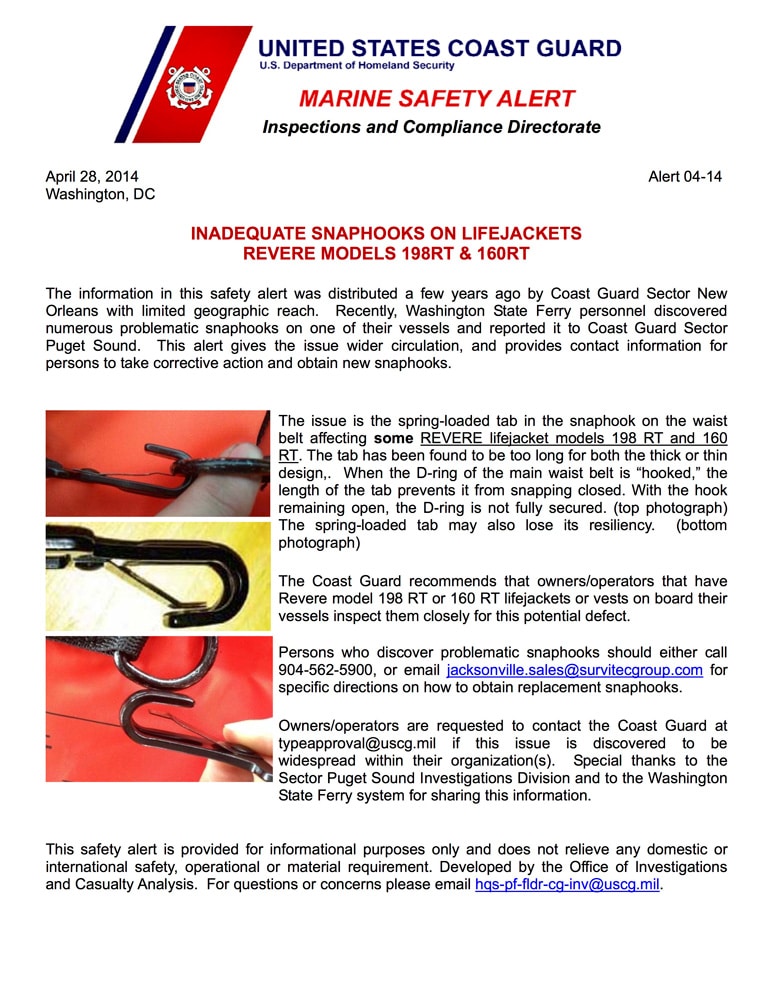
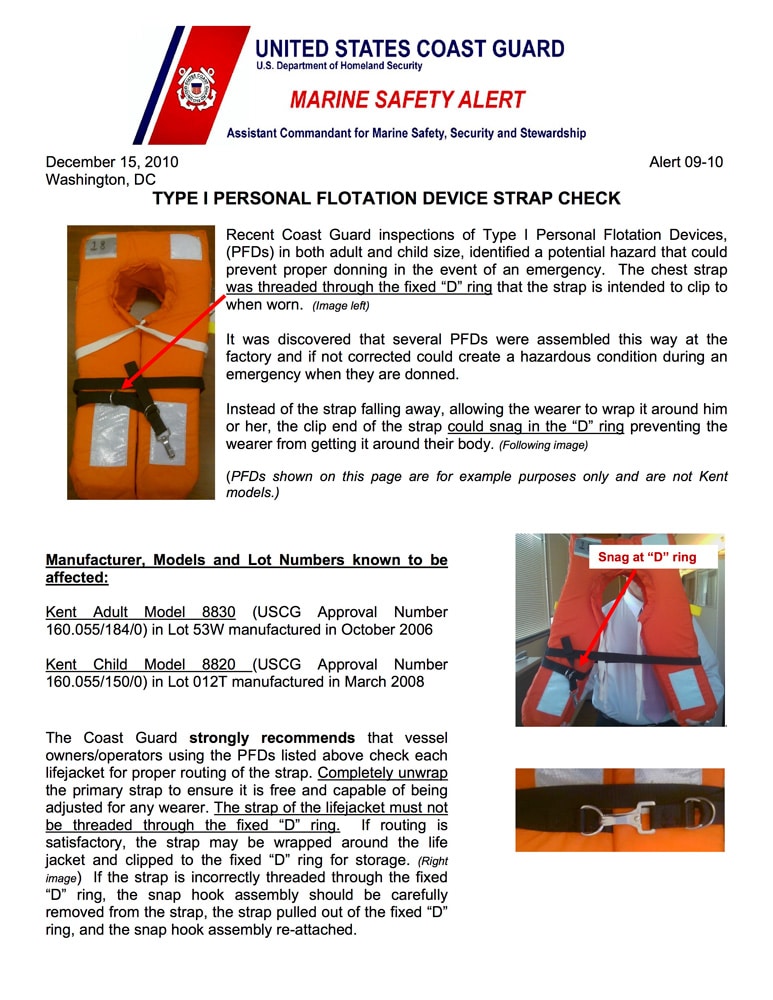
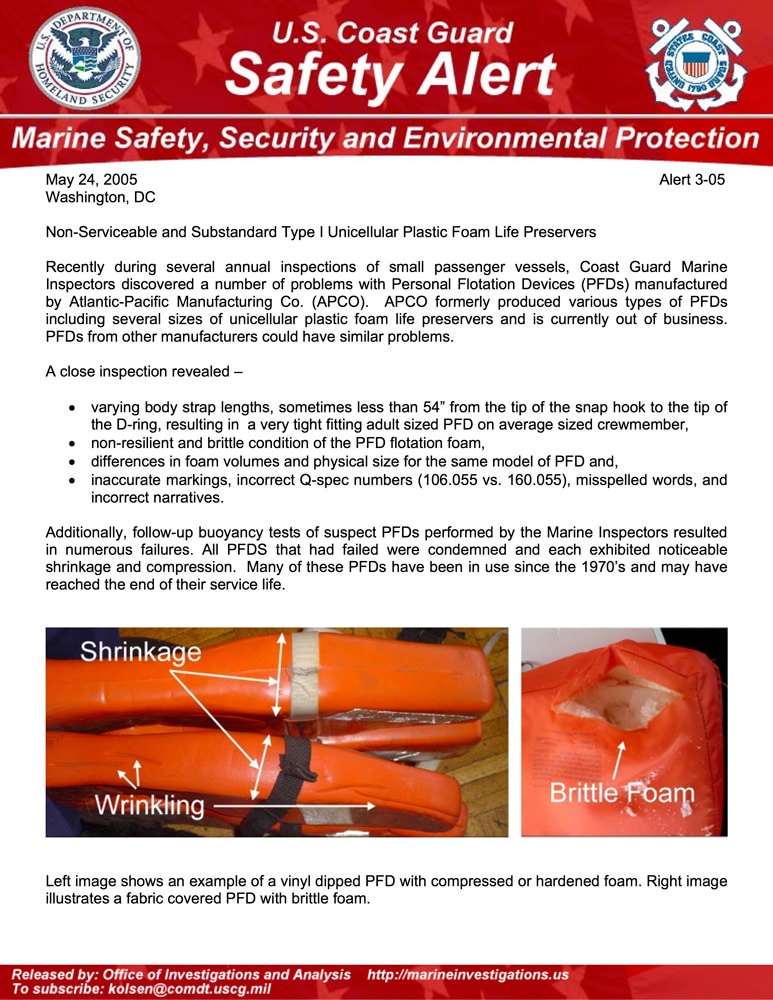
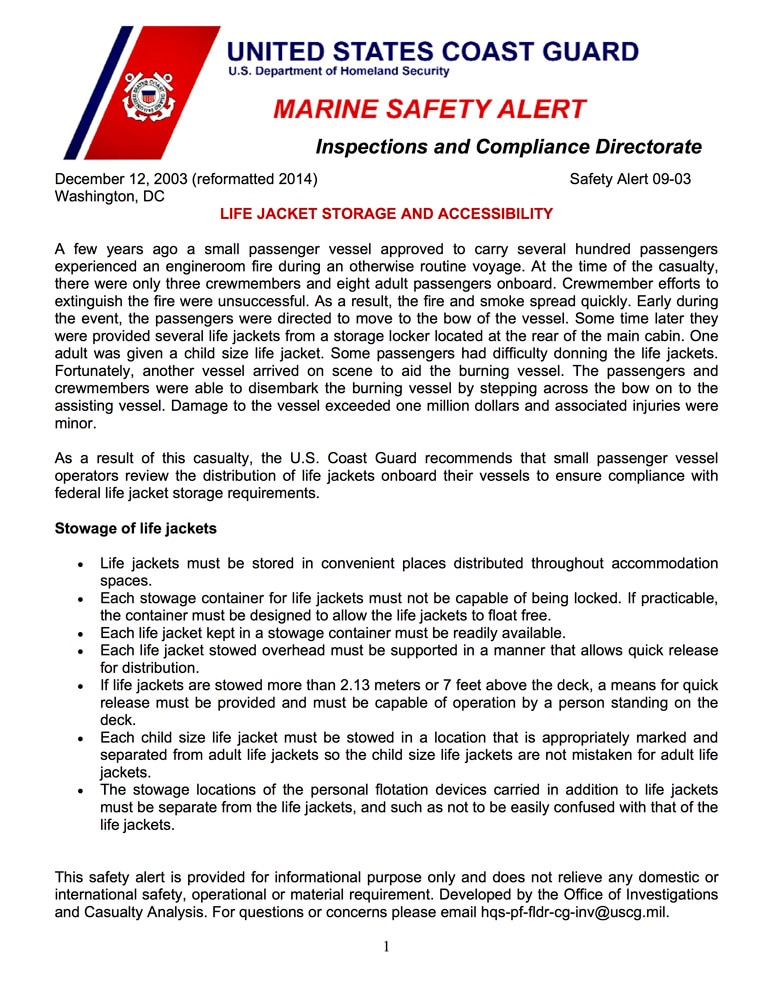
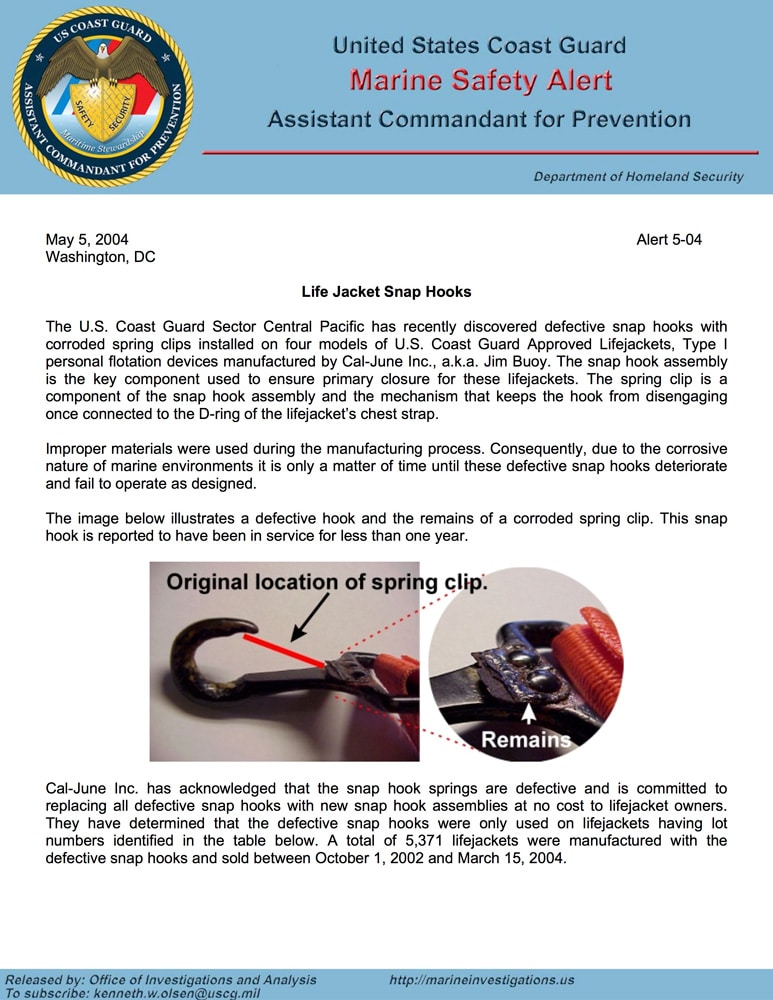
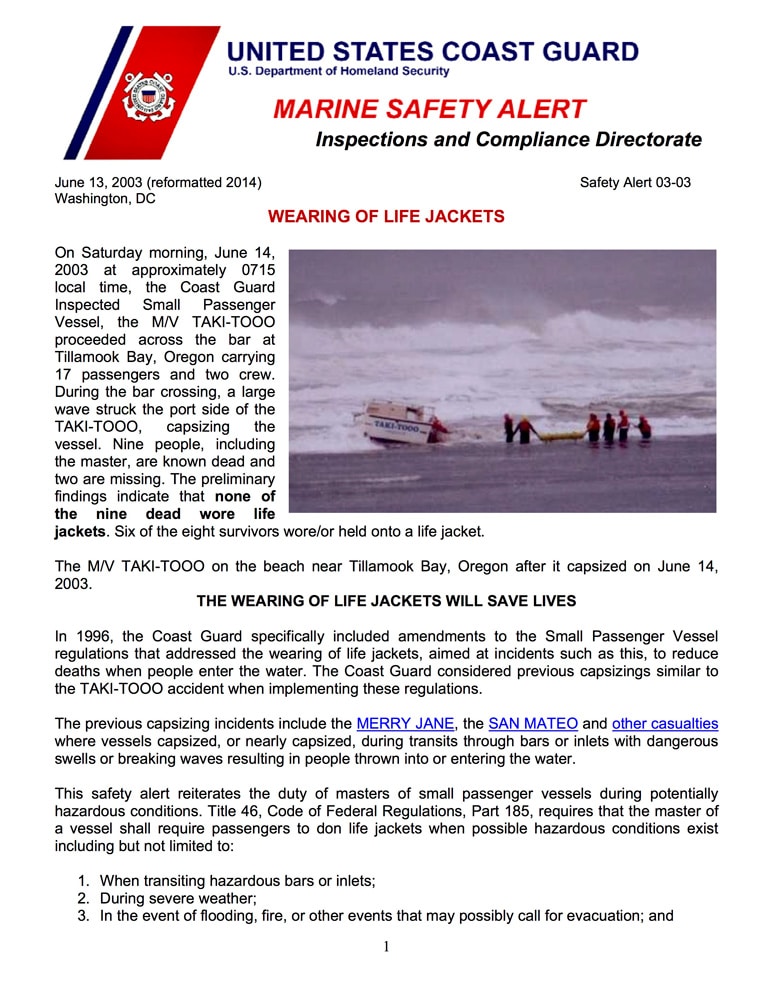
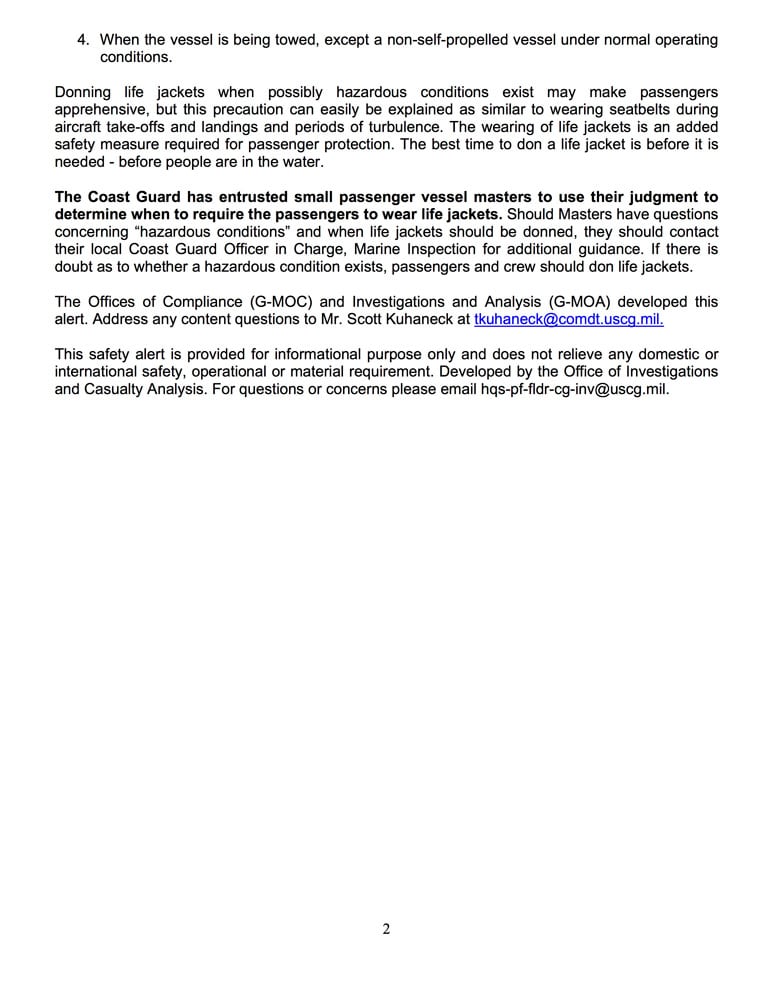
These particular life jackets were the Type 1, 160RT model, distributed by “The Safeguard Corporation” of Covington, Kentucky. They were approximately 9 years old and the distributor is no longer in business. Over the years, the Coast Guard has distributed a number of other safety alerts related to life jackets and personal floatation devices (PFDs).
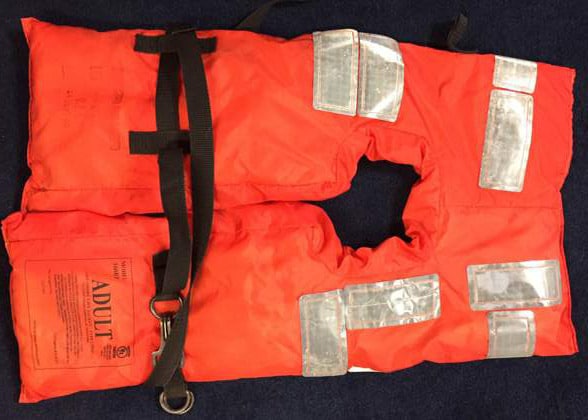
The Coast Guard strongly recommends that boat owners and operators inspect similar Type 1 life jackets for potential indications of failure or degradation, specifically noting the following in the press release:
- Compression: The life jacket may be compressed from many years of stowage.
- Loss of resiliency: The life jacket is excessively hard, stiff or its foam is brittle. Normally after compressing the life jacket to about half its initial thickness, the foam should expand to its original dimension in a short period of time.
- Shrinkage: A physical reduction in size may be indicated by “wrinkling” of the coating on vinyl dipped type or by a loose fitting shell on a fabric-covered life jacket.
- Manufacturer: While the potential for problems applies to all older PFDs, those manufactured by “The Safeguard Corporation” should be closely examined.
Any questions or comments regarding the safety alert should be sent to send to: HQS-PF-fldr-CG-INV@uscg.mil.

